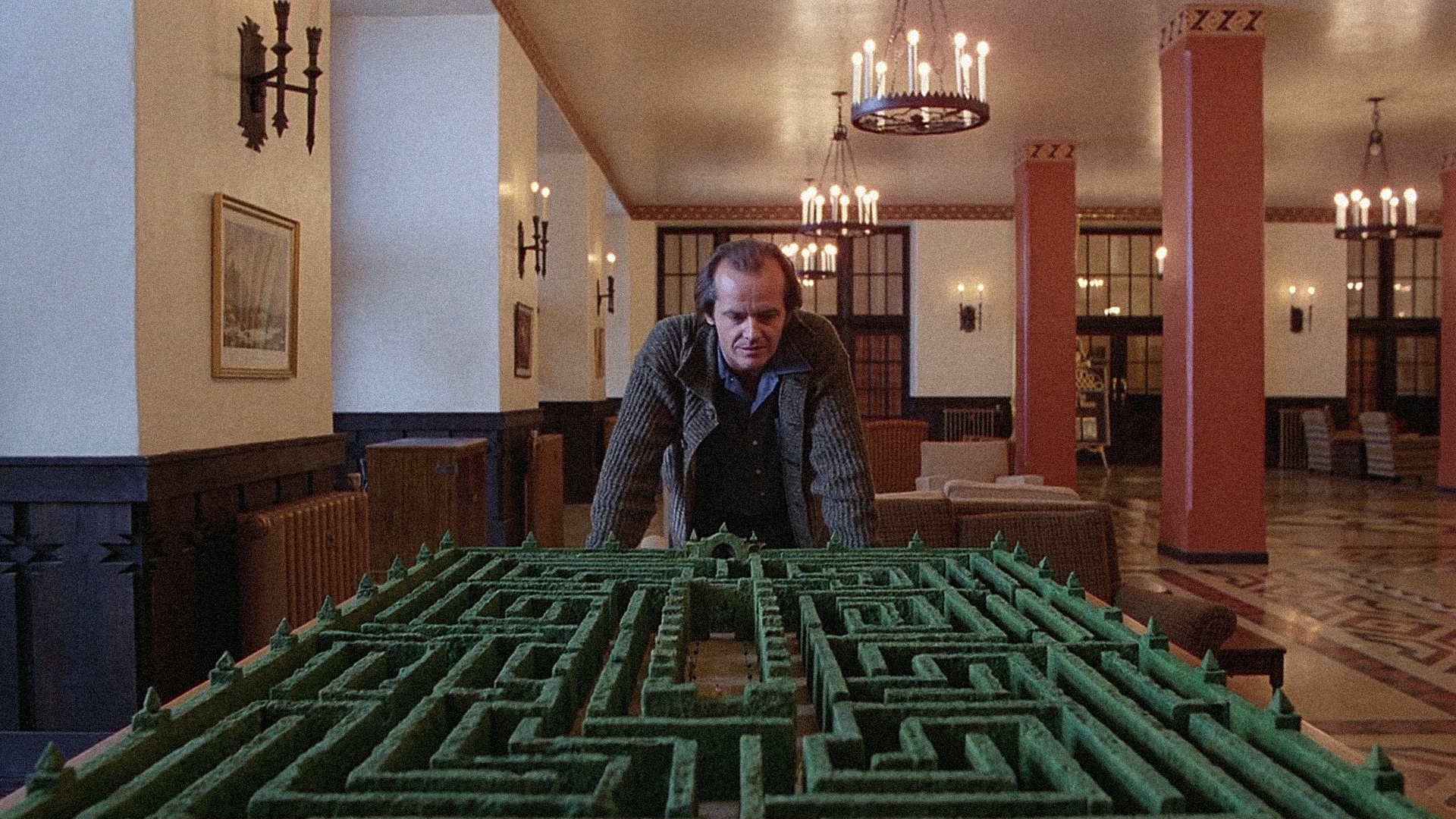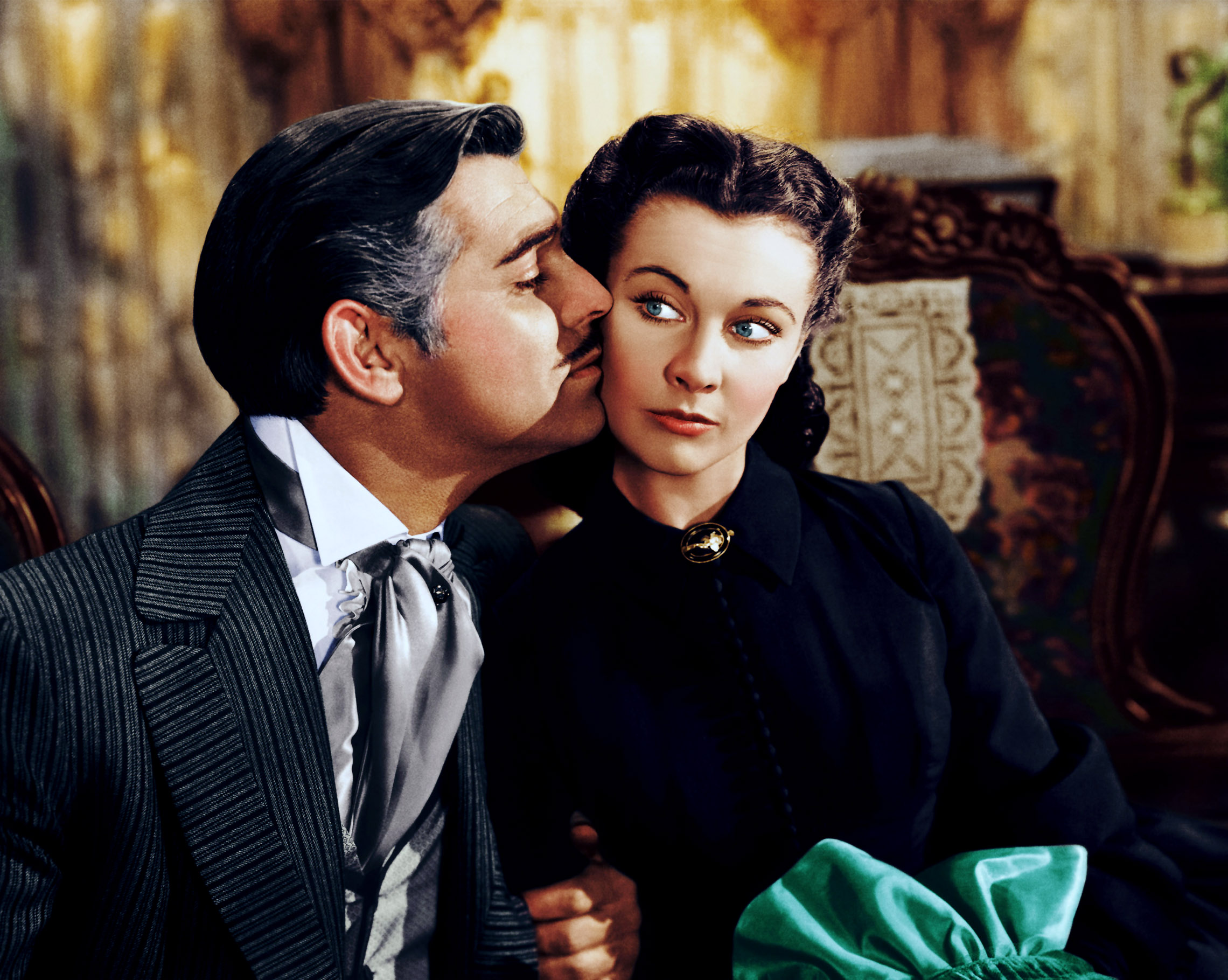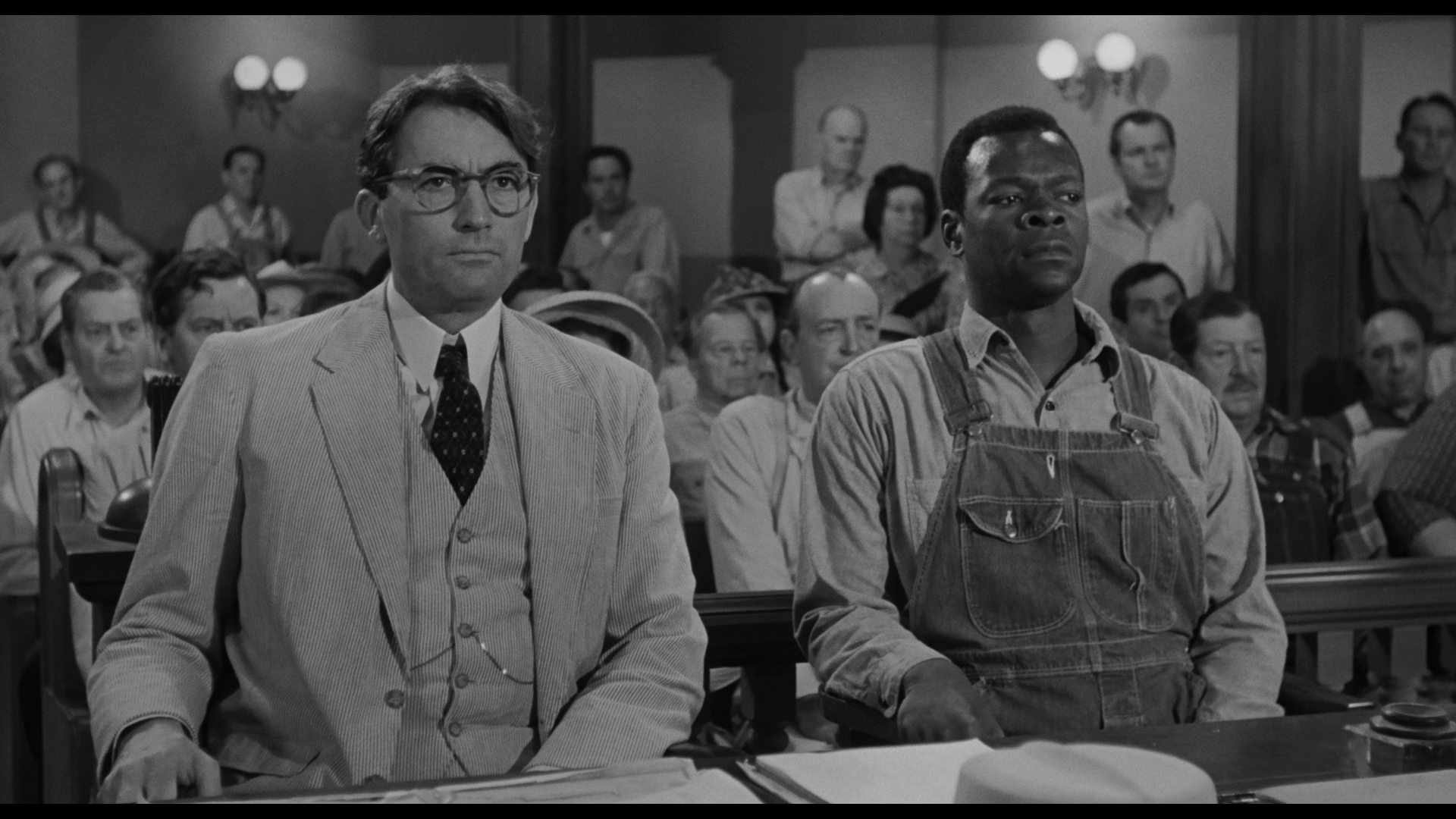Everybody loves going to the movies. Regardless of our individual taste, there’s something about experiencing a story on the silver screen that speaks to our innermost passion. And, accordingly, regardless of their genre, there are many motifs, themes and settings that recur in many well-known and more obscure cinema offerings.
What makes us so eagerly revisit these themes? Be they exaggerated or subtler, they obviously take on symbolic significance in their setting. Taking a look at some of the most successful movies, we find that some themes repeat themselves more often than not. Let’s explore them.
Scary Tales

In some form or another, the horror movie has been with us since the early days of Hollywood’s Golden Era. Ask grandpa or grandma if they remember black-and-white classics intended to scare audiences of the time out of their wit, such as the early version of Dr. Jekyll & Mr. Hyde, which was released in April 1920. It was directed by John S. Robertson and starred one of the greatest early Hollywood names, John Barrymore.
Through the years, developments in technology changed cinema, but the fact that audiences are attracted to scary motifs never went away. In 1980, moviegoers were treated to The Shining, which was produced and directed by Stanley Kubrick. One of the greatest actors of all time, Jack Nicholson (nominated for 12 Oscars, won 3), becomes influenced by supernatural forces, starts a descent into madness and finally attempt to murder his family during a snowstorm at an isolated hotel. All the ingredients to a masterpiece are there: brilliant acting, a great suspenseful story and many scary moments for the audience to hold onto their chairs and scream at the top of their lungs.
More recently, the 2015 remake of MGM’s 1982 Poltergeist keeps the audience on the edge of their seats throughout the duration of the movie. Set in a house that is haunted by evil forces, it tells the story of a family whose youngest daughter is being held captive by them. The family has to devise a plan to save her lest she disappears forever.
Filmmaking keeps changing, and many themes are approached in different ways today – the essential goal however -to excite us by scaring us- remains. Ultimately, some say that all this has to do with our fear of death and what happens after it.
High Rollers

Other topics that Hollywood loves to explore are success, skill and glamour. It’s no wonder then that some of the most famous scenes in film history take place in casinos, often in Las Vegas, considering they bring all these elements together perfectly. Just think of the various James Bond films, from Dr. No from 1962, which starred Sean Connery as the first ever silver screen Bond, to 2015’s Spectre. Whether Mr. Bond plays craps in Diamonds are Forever or baccarat in Thunderball, part of our hero’s allure is found in the confidence that comes across as he sips his favorite martini and plans his strategies to get the better of his rivals.
Other movies set in glamorous casinos include Indecent Proposal with Robert Redford, Demi Moore and Woody Harrelson. A real classic in this genre is the aptly named Casino, which was directed by Martin Scorsese and starred Robert de Niro and Sharon Stone. The 2009 comedy Hangover stars Bradley Cooper and Ed Helms, caught up in the shenanigans of a Las Vegas stag party gone wrong. They stay over at Caesars Palace and win $82,400 playing blackjack. Other very successful casino movies of recent times include Owning Mahowny from 2003 and 21 from 2008.
Romance & Passion

Even though romantic movies may not be everybody’s favorite cup of tea, something has to be said for those great tear jerking, those swallow-the-lump-in-our-throats moments that both short and full-featured films have brought us over the years. And of course they’re not exclusive to “chick flicks”, as to some extent, love and passion is there in the vast majority of films. Just think of one of the greatest films of all time, Gone with the Wind, that immortalized the theme on our screens. It stars Clark Gable and Vivien Leigh, two of Hollywood’s biggest names ever.
As a theme, love and passion has been an integral part of the history of film, whether we watch the early Hollywood contributions, or more recent offerings such as the aptly titled Love Story, which helped make big stars of Ryan O’Neal and Ali MacGraw. Set in New York City, the film follows the unlikely love affair between two students from different social backgrounds. In a classic Romeo-and-Juliet romance, love prevails, even though it goes against the wishes of the parents of the young man. This movie will always be remembered for one of cinema’s most enduring lines: “Love means never having to say you’re sorry.”
The 2015 movie 45 Years is a British drama starring Charlotte Rampling and Tom Courtenay. Both actors won the Silver Bear for Best Acting at the Berlin Film Festival. The whole concept of love takes on new meaning when Tom’s character finds out that the body of his girlfriend of 50 years ago has been found perfectly preserved in the Swiss Alps. Will these news, on the eve of his 45th anniversary to his wife (Rampling’s character), change his life forever – what is enduring love really about?
Coming of Age

To Kill a Mockingbird is an acclaimed novel by Pulitzer Prize-winning novelist Harper Lee. The film stars Gregory Peck as Atticus Finch and Mary Badham as Scout. It exposes the darker sides of society and its divides in Alabama during the 1930s. Young, largely innocent kids have to grow up quickly, as they are witnesses to adult problems and issues. For his portrayal of lawyer Atticus Finch, Peck won the Oscar in 1963.
Life is often more complicated and can shatter dreams and our belief in innocence in cruel ways. Many movies can be found around this idea, and how it forces characters to face a more adult world. Think of the wonderful Sleepers from 1996. It was directed by Barry Levinson and is a film starring a great cast including Robert de Niro, Kevin Bacon, Dustin Hoffman, Jason Patric and Brad Pitt. It centers around four young New York City boys who are sent to a reformatory institution after a prank during which they nearly kill a man. During their time in this home for boys they are forced to grow up before their time. Still, movies about growing up don’t necessarily have to be pessimistic.
Hollywood has brought us great cinema with varied themes, many of which are often central to the greatest and most acclaimed films of all time. These themes represent, openly or more subtly, our own lives, and even though most films are based on fiction, they mirror that which we experience all the time. Most Hollywood themes are real, and so are our experiences when we take interest in the on-screen lives of our favorite characters.
Sources & References
Movie Web Review: About Poltergeist (2015)
Poker Stars The Story of Casino: Casino Pop Culture
Caesars Palace Casino: About & History
Rotten Tomatoes Move Review: Gone with Wind (1939)

